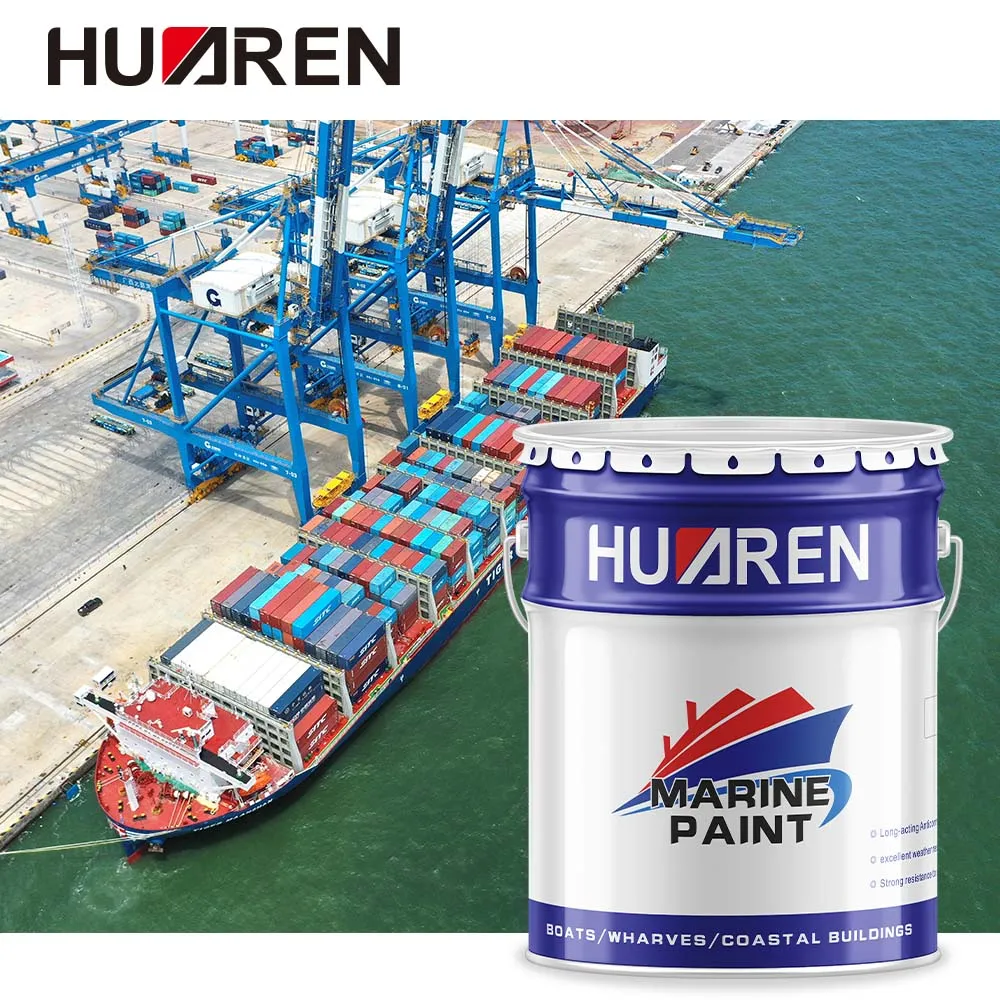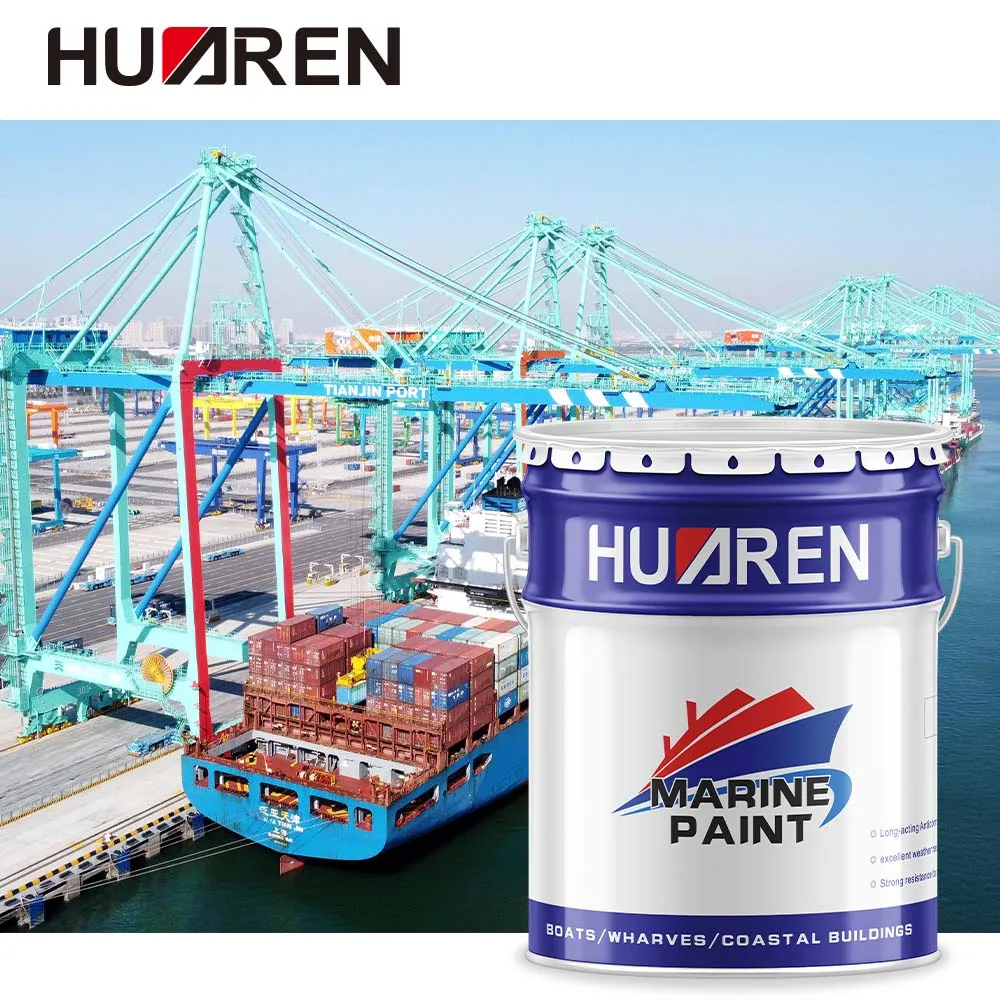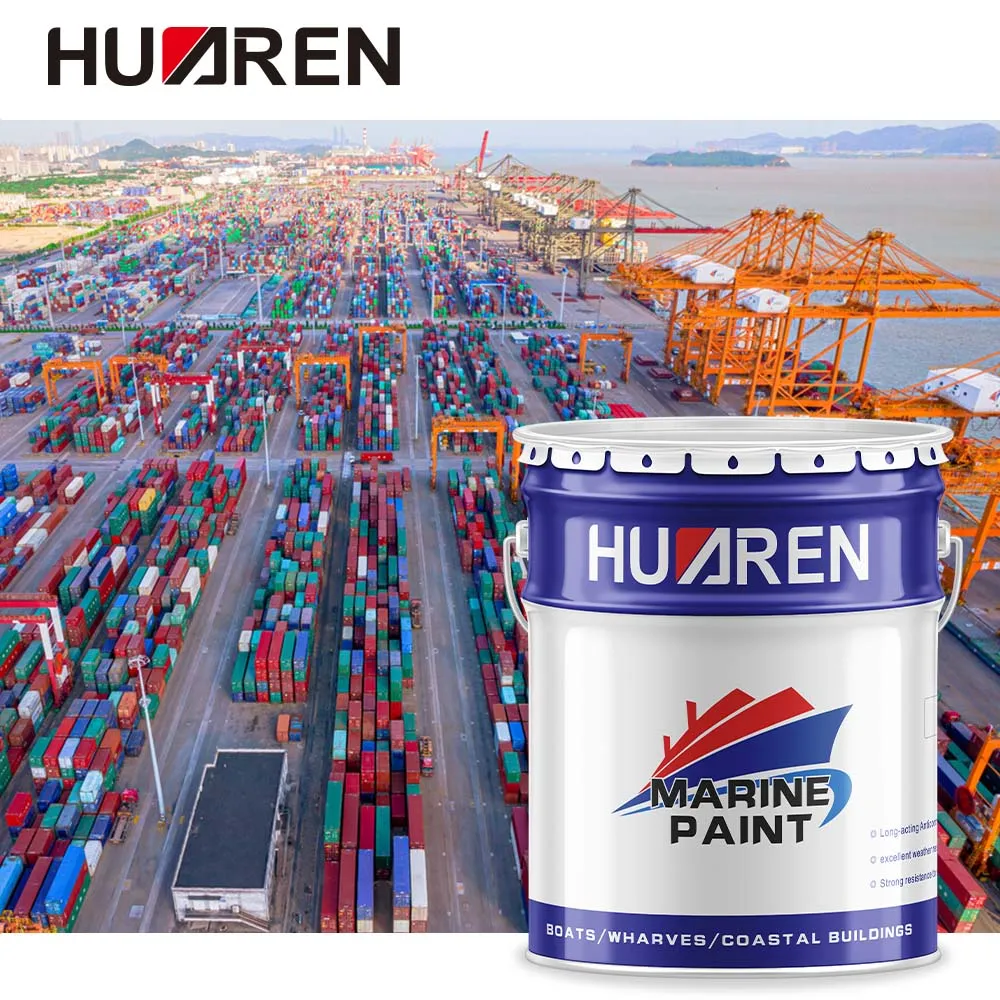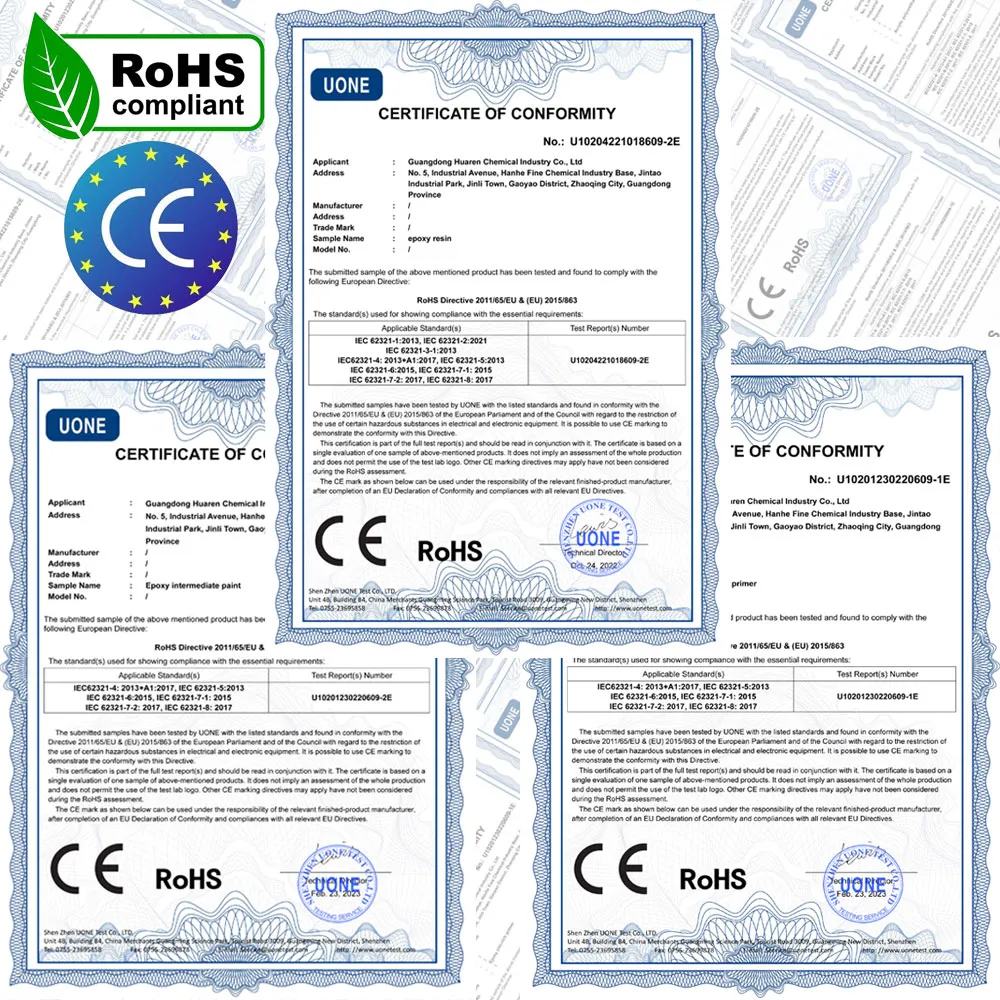Antifouling boat paint is a vital part of modern shipping. In order to improve the fuel efficiency of ships, reduce operating costs and protect the hull from the erosion of the marine environment, ship manufacturers and operators generally use antifouling paint. These antifouling boat paints can not only prevent marine organisms (such as seaweed, shellfish, etc.) from attaching to the surface of the hull, but also reduce the friction between the coating and the seawater, thereby improving the ship's sailing speed and fuel efficiency. However, with the widespread use of antifouling boat paint, some people have begun to worry that this type of boat paint may have adverse effects on the hull structure, especially corrosion of metal hulls, effects on coating adhesion, and possible damage during long-term use.
This article will conduct an in-depth discussion on the working principle, types, and effects of antifouling boat paint on the hull, analyze whether antifouling boat paint will cause damage to the hull structure, and give reasonable preventive measures and response suggestions.

What is the principle of antifouling boat paint?
Antifouling boat paint mainly changes the properties of the hull surface, making it difficult for marine organisms to attach to the hull. It works in the following ways:
● Physical antifouling paint: The surface of antifouling boat paint has very low adhesion, which makes it impossible for marine organisms to grow and attach to it. Physical antifouling paint is usually composed of special resins and other additives, with a low friction coefficient, which can keep the surface smooth under the action of water flow, thereby effectively reducing the attachment of marine organisms.
● Self-polishing antifouling paint: antifouling boat paint gradually polishes its surface and releases effective antifouling substances as the ship travels in the water, inhibiting the attachment of marine organisms. Self-polishing antifouling paint usually uses substances containing copper or zinc. As the water flows, these metals will gradually dissolve, thereby achieving the antifouling effect.
● Hard antifouling paint: Hard antifouling boat paint prevents marine organisms from attaching by forming a hard surface on the surface of the coating. This type of paint is usually used on high-speed ships, such as motorboats, tugboats, etc. Due to its high hardness, the antifouling effect is long-lasting, but compared with self-polishing paint, once the surface is damaged, it may affect the antifouling effect.
● Thin film antifouling paint: Antifouling boat paint reduces the chance of marine organisms attaching by forming an ultra-smooth surface. Because the surface is extremely smooth, attached organisms are difficult to fix on it, which makes thin film antifouling paint a relatively new antifouling method.
Each type of antifouling boat paint has its own unique advantages and disadvantages, suitable for different ship types and usage environments. However, whether the chemical components commonly contained in these antifouling paints, such as copper, zinc, chloride, etc., will damage the hull structure has become a focus of attention.

Does antifouling boat paint damage the hull structure?
Although antifouling boat paint can effectively improve the navigation performance of ships and extend the service life of the hull, the chemical components in antifouling boat paint may have a certain impact on the hull. Here are several possible impacts:
1. Corrosion problem
Ships are usually made of steel, aluminum alloy or other metal materials, which are prone to corrosion under the action of seawater. Some components in antifouling paints, especially metal elements such as copper, zinc, and tin, are highly corrosive, especially in an environment where they are exposed to water and air for a long time. If these components penetrate into the metal surface of the hull, it may lead to accelerated corrosion of the metal material. After dissolving in water, metals such as copper and zinc may react chemically with the hull material to form metal corrosion products, thus affecting the integrity of the hull structure.
For example, self-polishing antifouling boat paint usually contains copper-based substances. During long-term use, copper will gradually dissolve into seawater to form an antifouling effect, but at the same time, these copper ions may also enter the metal material and cause corrosion. Especially in the case of damaged or uneven coating, copper ions may cause pitting on the hull surface, thus affecting the hull structure.
2. Coating adhesion problem
The adhesion of antifouling boat paint is the key to ensure that the coating is effective for a long time. The adhesion of the coating is affected by many factors, including the cleanliness of the hull surface, the type of antifouling boat paint, and the coating process. If the adhesion of the coating is not strong, the antifouling paint may fall off or crack, exposing the metal hull. This will not only affect the antifouling effect, but may also accelerate the process of metal corrosion.
In addition, if the chemical components in the antifouling boat paint react incompatiblely with the hull material, it may lead to a decrease in the adhesion of the coating. This situation usually occurs when improper or unsuitable paint is used, especially for some non-professional antifouling paint products, the unstable quality may lead to long-term adhesion problems and bring hidden dangers to the hull.
3. The impact of coating damage on the hull
During the voyage, ships will encounter erosion from waves, collisions, sand and other external factors. If the coating of the antifouling boat paint is damaged, the metal materials exposed on the surface of the hull may be corroded by seawater, causing metal corrosion, rust and other problems. In addition, some hard antifouling boat paints may cause the coating to break when encountering external force impact, thereby accelerating the wear and corrosion of the hull metal.
4. Local impact of chemical composition on the hull
Some antifouling boat paints may contain harmful chemicals, especially organic tin compounds in some traditional antifouling boat paints. Although modern antifouling boat paints have gradually reduced the use of harmful substances, there are still some paint products that contain heavy metals, plastic additives or other ingredients that may affect the hull metal. During long-term use, these chemical components may gradually penetrate into the metal surface of the hull, causing local corrosion or chemical reactions.

Correct use and protective measures of antifouling paint
In order to prevent antifouling boat paint from damaging the hull structure, correct paint use and protective measures are essential. The following are some practical protection suggestions:
1. Choose the right antifouling boat paint
When choosing antifouling boat paint, you should make a reasonable choice based on factors such as the purpose of the ship, the navigation environment, and the hull material. Different antifouling paints are suitable for different metal hulls. For example, aluminum alloy hulls usually need to choose antifouling paints with strong adhesion and no corrosion, while steel hulls are more suitable for self-polishing antifouling boat paints with anti-corrosion effects. In addition, environmentally friendly water-based antifouling boat paints or low-toxic paints, although the antifouling effect may be slightly inferior, can reduce the negative impact on the hull and the marine environment.
2. Regular inspection and maintenance
The maintenance of ship coatings is essential. Regularly check the integrity of the hull coating and promptly repair any areas where the coating is damaged or peeling off, which can effectively prevent the metal hull from being exposed to seawater and corroded. Check the adhesion, smoothness and whether there are foreign objects attached to the surface of the antifouling boat paint to ensure that the coating maintains the best effect.
3. Surface treatment and painting process
Before painting, the hull surface must be thoroughly cleaned and treated, including rust removal, degreasing, polishing, etc., to ensure that the antifouling boat paint can adhere firmly. If the hull surface is not properly treated, the paint may not adhere fully, causing the coating to fall off or break, which will affect the protective effect of the hull.
4. Avoid incompatible chemical reactions
During the painting process, antifouling paints that are compatible with the hull material should be selected. If an inappropriate antifouling boat paint is used, it may cause a chemical reaction between the coating and the hull metal, reduce adhesion, and damage the hull structure. Therefore, it is recommended that ship owners try to choose well-known brands and certified products when choosing antifouling boat paint to ensure their reliable quality.

Huaren Chemical Industry Co., Ltd. is a leading factory in the coatings industry, offering an extensive range of paints and resins to buyers worldwide. With advanced production capabilities and strict quality control, we produce durable products like acrylic paints, phenolic coatings, and antifouling boat paints. Our solutions are trusted in sectors such as construction, shipbuilding, and machinery. Buyers can benefit from our factory-direct prices, promotional discounts, and customized formulations. Partner with Huaren Chemical for reliable quality and exceptional formulations value!

